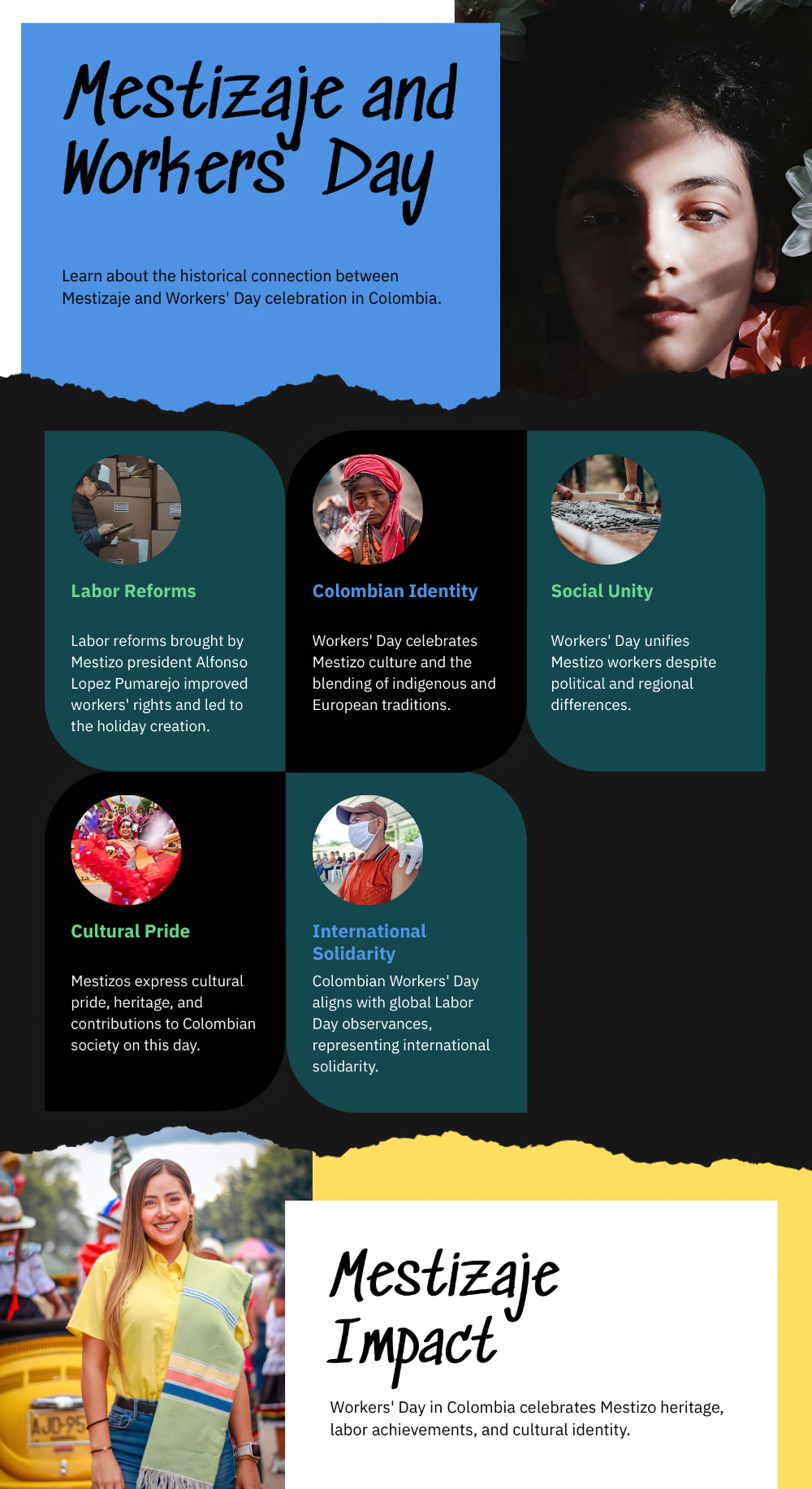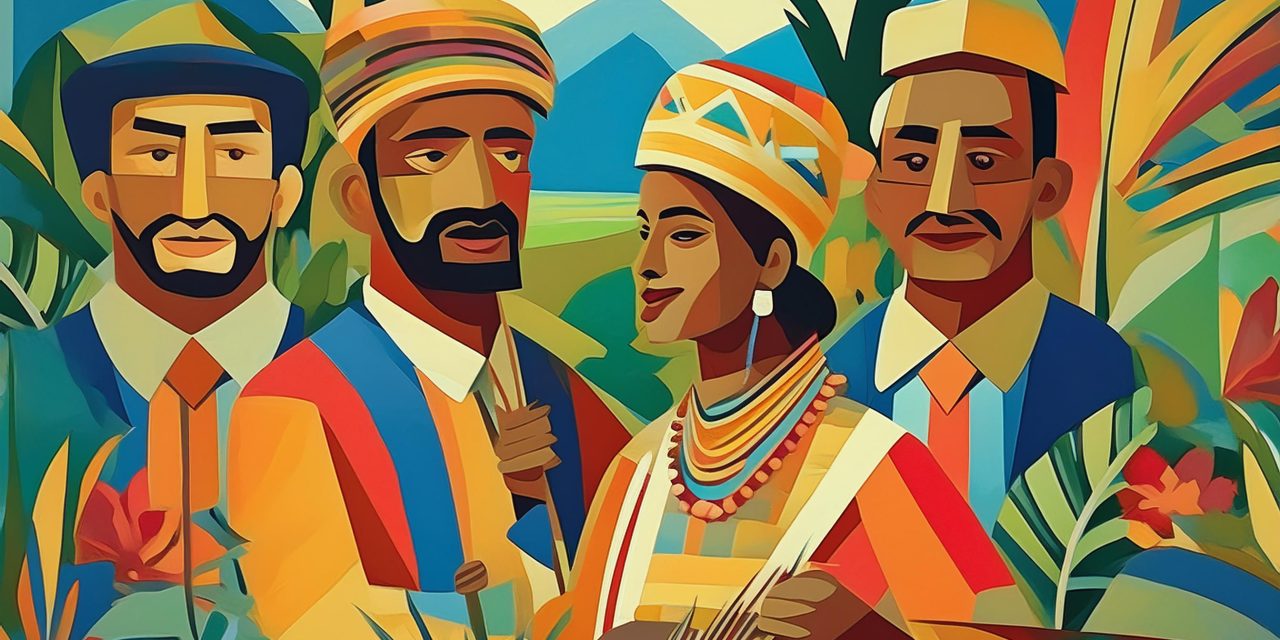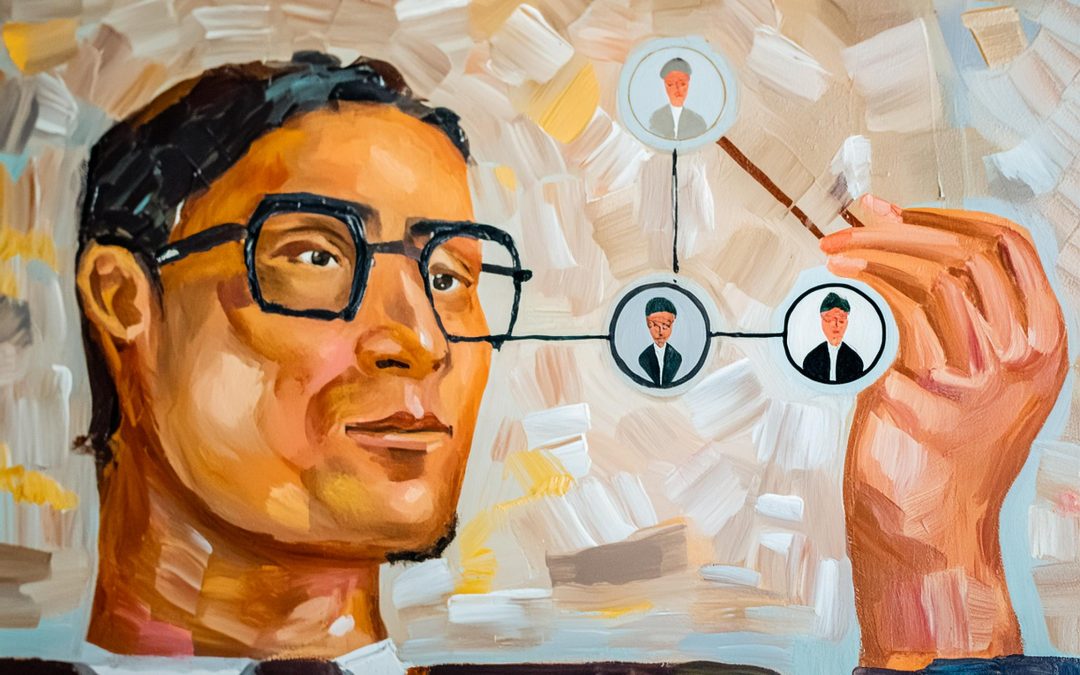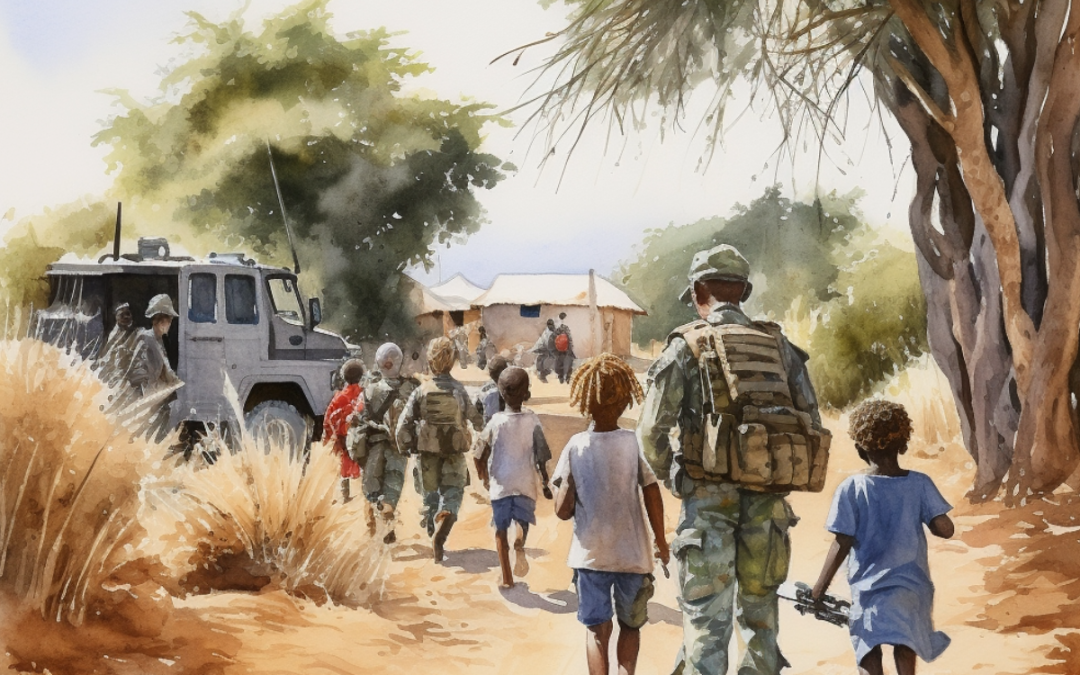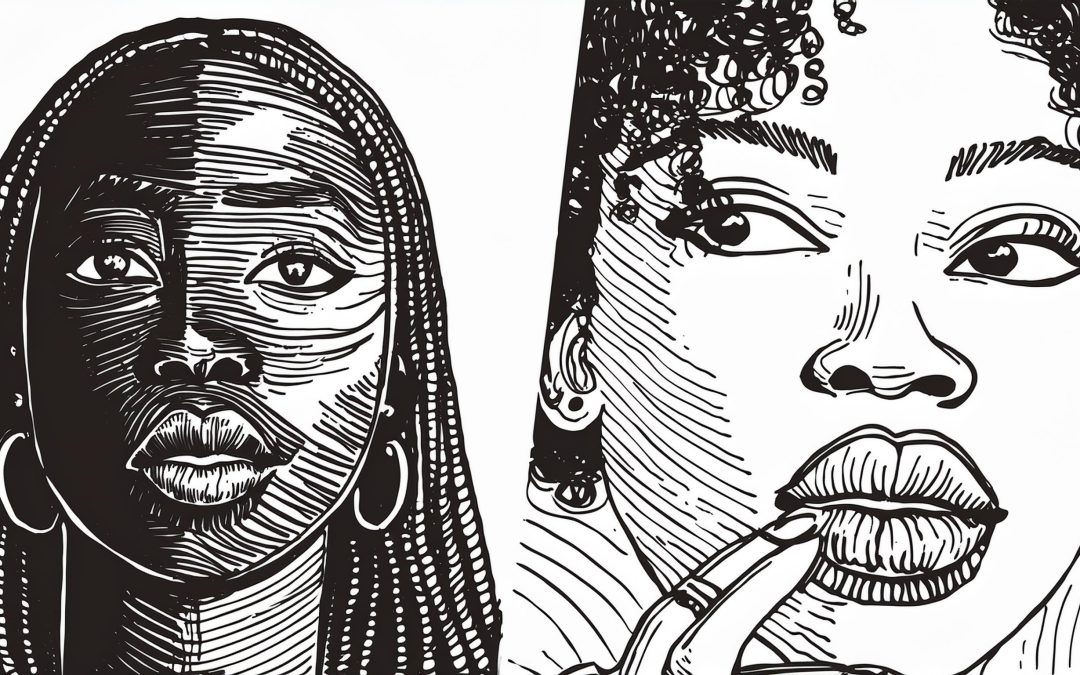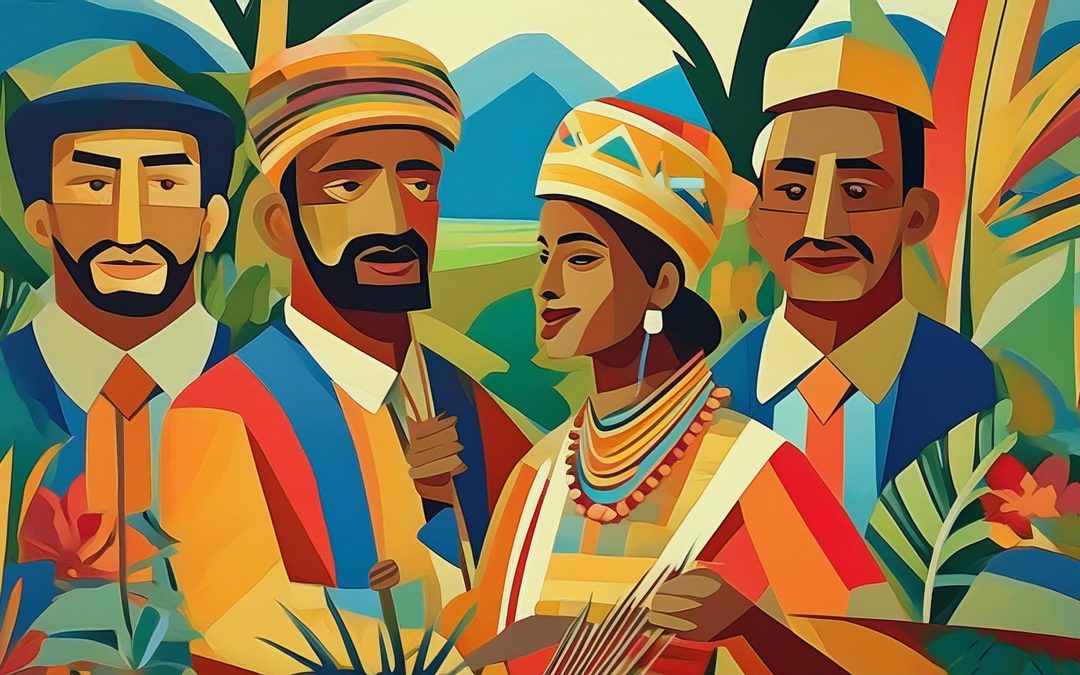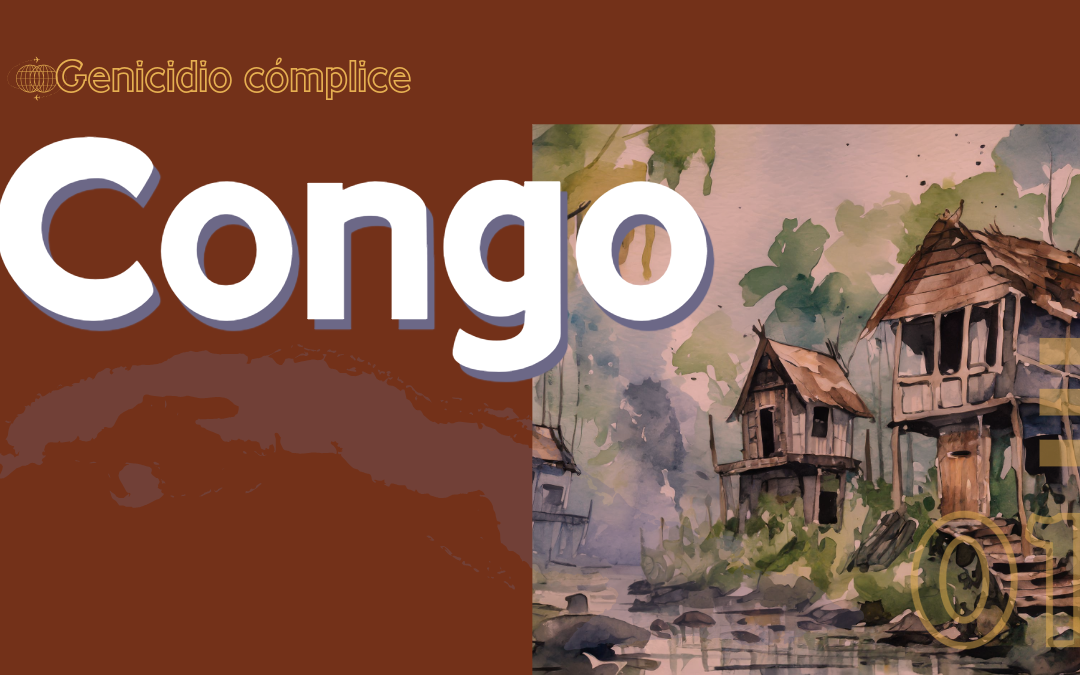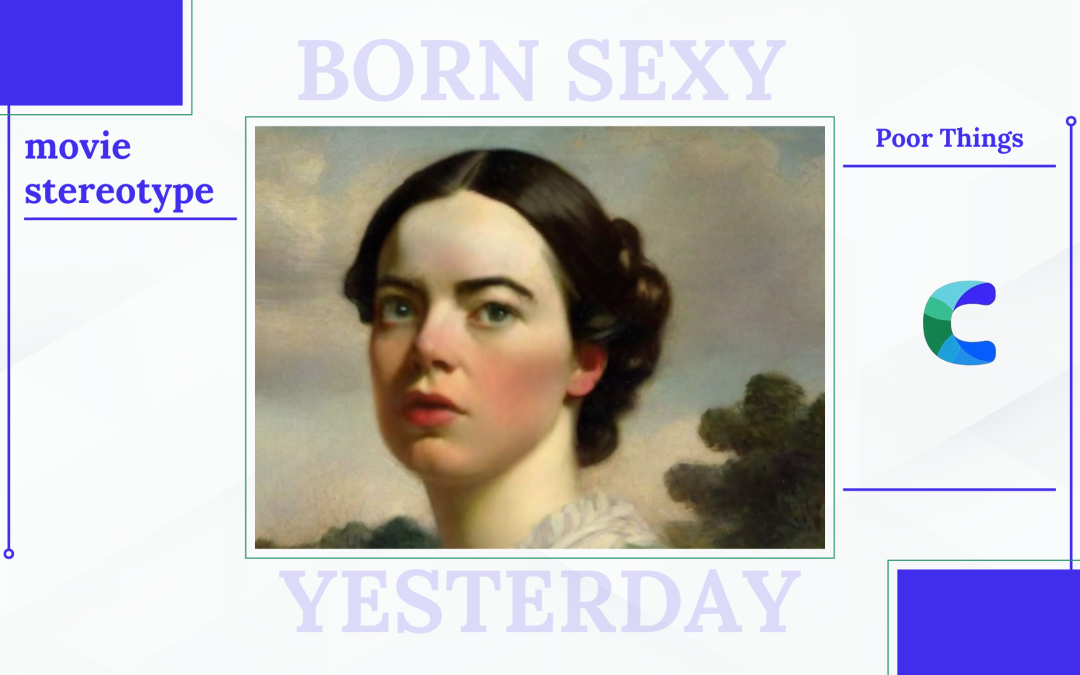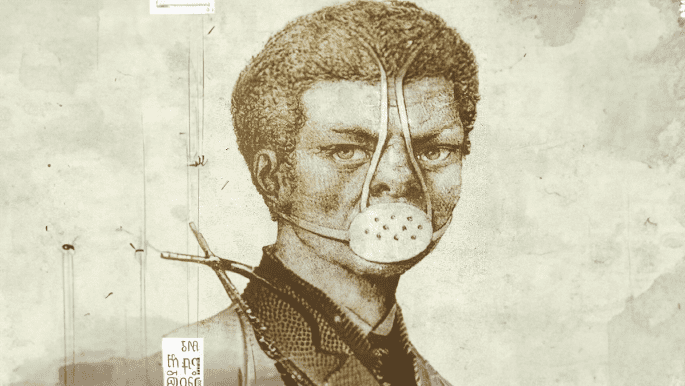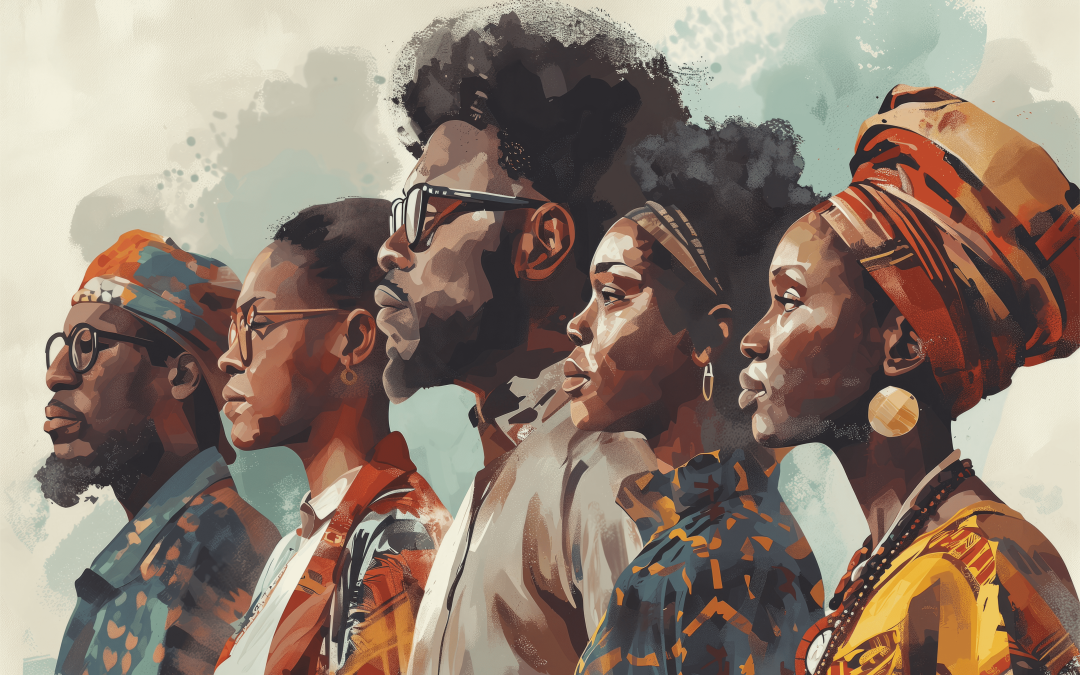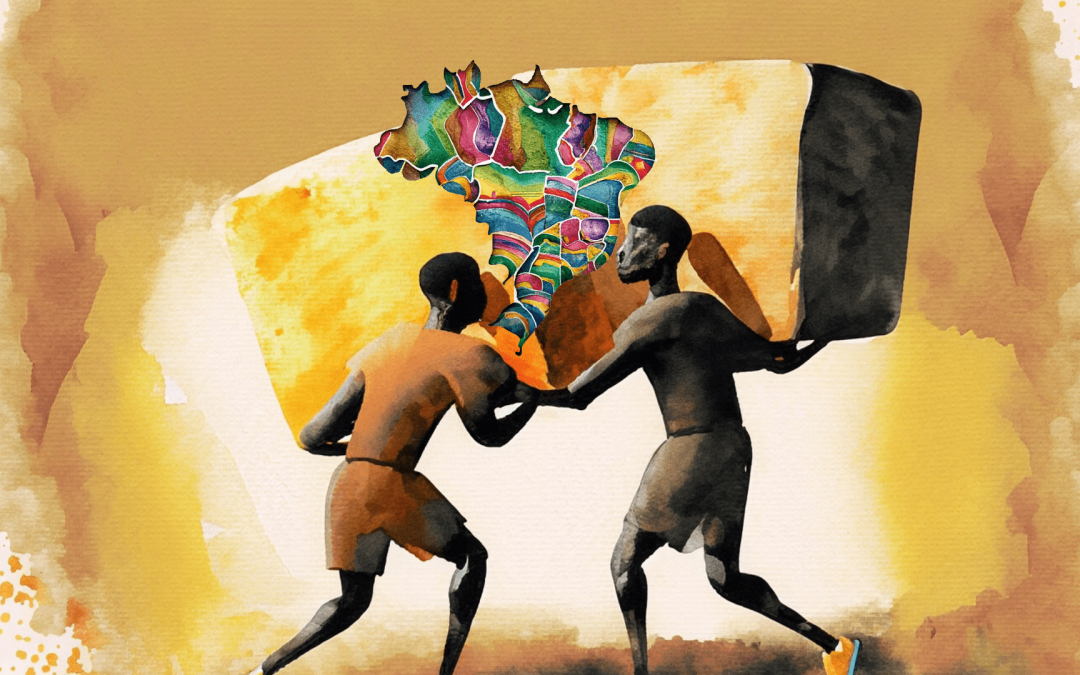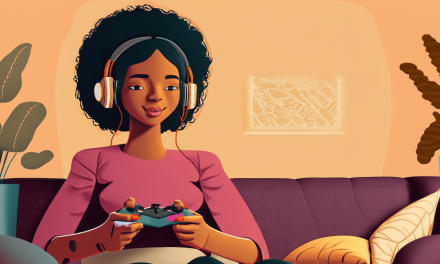Introduction to Mestizaje:
The term mestizaje is a prismatic concept, reflecting a kaleidoscope of racial and cultural intermingling that has been a cornerstone of Latin American identity for centuries. It's more than just a word; it's the embodiment of a historical tapestry, woven from the threads of indigenous, African, and European ancestries. Yet, understanding mestizaje is akin to capturing mercury—it's slippery, elusive, and multifaceted.
Figure 1.1 Conceptual Illustration:

Figure 1.2 Comparative Table:

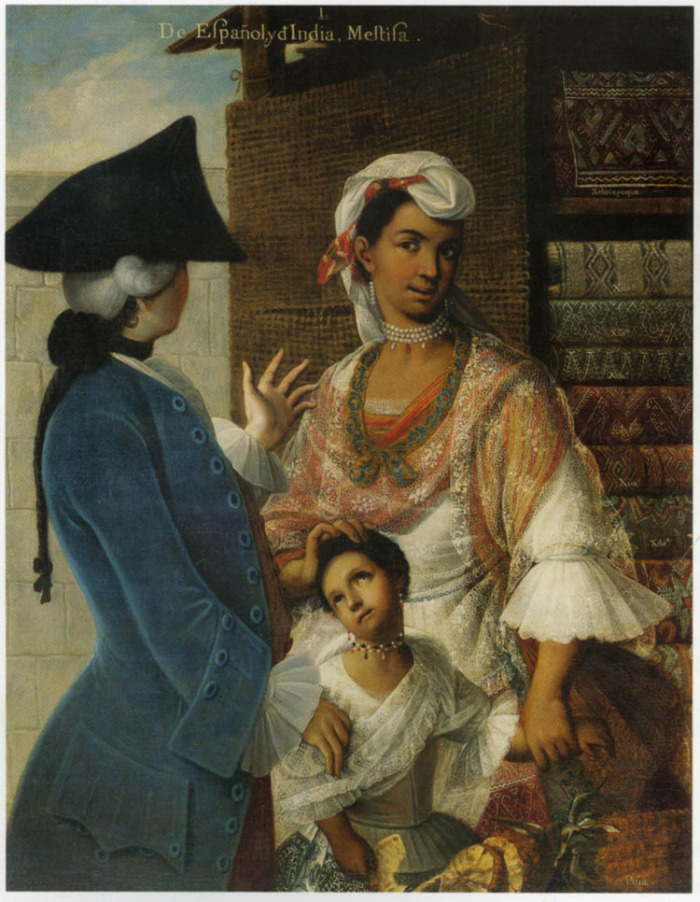
The narrative of mestizaje is intricately woven into the fabric of Latin American culture. Prior to the European incursion, the region was a mosaic of indigenous civilizations, each with its own rich tapestry of customs, languages, and beliefs. The advent of colonialism introduced a seismic shift, intertwining the indigenous with the imported European and enslaved African cultures, creating a complex patchwork of identities.
This cultural confluence has given rise to a unique societal mosaic, where mestizaje is not just an identity but a living, breathing part of the social fabric. It serves as a bridge between disparate heritages, fostering a sense of unity while also highlighting the stark contrasts that persist in the region’s socio-cultural landscape.
Mestizaje and Racial Identity | A Comparative View:
In the labyrinth of Latin American identity, mestizaje stands as a testament to the region’s multifarious racial heritage. By contrast, the U.S. presents a dichotomous racial paradigm, often viewed through a black-and-white lens. This stark divergence underscores the fluidity inherent in the Latin American conception of race, where mestizaje embraces a spectrum rather than fixed categories.
Navigating the mestizo identity is akin to traversing a nebulous terrain, where self-perception and societal labels intermingle. The social ramifications are profound, as mestizaje shapes not only how individuals see themselves but also how they are perceived by others within the complex matrices of Latin American societies.
The Paradox of Mestizaje | Unity and Division:
Mestizaje is often heralded as a harmonizing force, a melange that epitomizes the spirit of unity in diversity. However, beneath this idealized veneer lies a more convoluted reality. Despite its inclusive rhetoric, mestizaje can mask undercurrents of colorism and entrenched discrimination. These ingrained prejudices, often overlooked or denied, continue to fracture communities and hinder genuine social cohesion.
The paradox of mestizaje is that while it is promoted as a unifying concept, it can also perpetuate divisions, with societal structures privileging certain racial characteristics over others. Through various case studies, the nuanced experiences of mestizaje across Latin America reveal the intricate interplay between unity and disparity.
“The Paradox of Mestizaje: Unity and Division:
Mestizaje, envisioned as a unifying force, is often promulgated by state narratives as an emblem of national pride. This ideal of racial and cultural fusion is presented as a harmonizing influence, yet it obscures the persistent realities of racism and discrimination.
The paradox of mestizaje lies in its dual nature: it can be a proclamation of unity but also a veil for division. Through various case studies across nations, one can discern the heterogeneous experiences of mestizaje—a concept that can both bridge and create gulfs between communities.
Conclusion: Reevaluating Mestizaje in Modern Society:
In contemporary discourse, mestizaje is being reevaluated, with questions arising about its relevancy and impact on modern society. It is a concept in flux, reflective of the ever-evolving notions of race and identity in Latin America. As we look to the future, the role of mestizaje in shaping identities and societal structures in Latin America continues to be a subject of profound contemplation and debate.
As Latin America forges ahead, mestizaje will continue to be pivotal in conversations about race, identity, and belonging. The essence of mestizaje, with its intricacies and contradictions, will remain a vibrant and challenging element of the Latin American narrative, as potent and relevant as ever in the quest to understand the human experience in all its variegated splendor.
As Latin America forges ahead, mestizaje will continue to be pivotal in conversations about race, identity, and belonging. The essence of mestizaje, with its intricacies and contradictions, will remain a vibrant and challenging element of the Latin American narrative, as potent and relevant as ever in the quest to understand the human experience in all its variegated splendor.
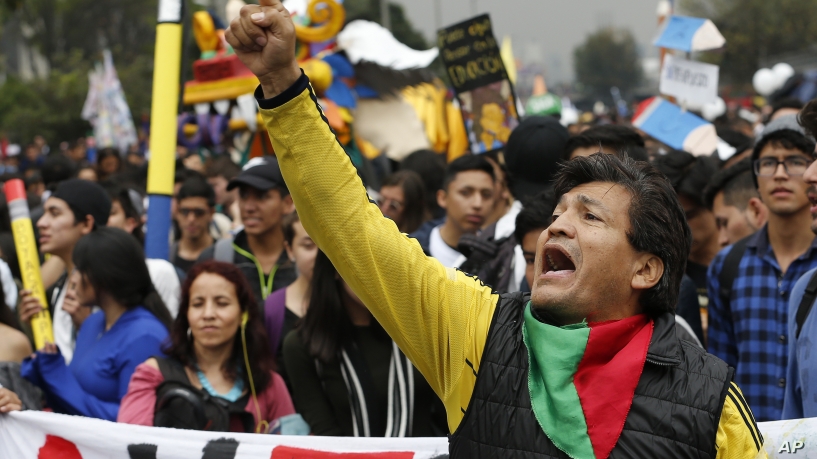
Beef entre Kendrick y Drake: ¿Qué Opinaría William Lynch?
Bienvenidos a la última temporada del drama interminable del rap! En esta esquina, tenemos a Kendrick Lamar, rompiendo récords a diestra y siniestra con su nuevo hit “Not Like Us”, que alcanzó los 100 millones de streams en tan solo 9 días, superando a "God's Plan" de Drake. En la…
Unmasking Algorithmic Racism: The AI Circus Unleashed!
Keywords #AlgorithmicRacism #AIbias #MitigationEfforts #InclusiveTechnology #EthicalAI #DigitalRights Ladies and gentlemen, gather 'round the digital campfire as we unveil the mesmerizing spectacle of algorithmic racism! 🎩✨ Yes, you heard it right—the greatest show on silicon earth! Imagine a world where AI systems, those seemingly neutral automatons, moonlight as undercover bigots. They’ve…
Wagner Group: A New Colonialism in Africa’s Hard Times
In a tragicomic twist that even Shakespeare himself would not have dared to imagine, Wagner, an obscure Russian mercenary group, has emerged on the African stage with the finesse of an elephant in a china store. With one foot in Libya and the other in the Central African Republic, these mercenaries
Unbelievable Youthforia Controversy: When Makeup Turns into Blackface Nightmare
Welcome to another episode of "What Were They Thinking?" featuring none other than Youthforia, the makeup brand that decided to give us a masterclass in how not to do inclusivity. Yes, we’re talking about that foundation shade—so dark, so devoid of undertones, it might as well be blackface makeup from…
Unveiling Mestizaje: The Blurred Lines of Race and Identity in Latin America
Introduction to Mestizaje: The term mestizaje is a prismatic concept, reflecting a kaleidoscope of racial and cultural intermingling that has been a cornerstone of Latin American identity for centuries. It's more than just a word; it's the embodiment of a historical tapestry, woven from the threads of indigenous, African, and…
Silent Genocide in Congo: a deadly deal?
- Do you have any questions? CONTACT US Maybe you're just curious about what we do or maybe you just want to say 'hello'. We are all ears. In fact, we love to have a good chat. It's like we're your local hairdresser, ready to listen, always with a joke…
Born Sexy Yesterday: How “Poor Things” is subverting stereotypes?
Today we're going to talk about a movie stereotype so ubiquitous that it could compete with popcorn in movie theaters. It's called "Born Sexy Yesterday," and no, it's not the title of a low-budget romantic comedy. This cliché introduces us to a woman who is as innocent and pure as…
Advertisements for the Sale of Enslaved Persons? A critical look
The advertisements for the sale of enslaved individuals during the era of slavery are an indelible stain on humanity's evening dress, remaining the perfect reminder of our capacity to be terribly cruel to one another. Although we officially left it behind (on paper, because in practice, well, you know...), the…
Chinese Lunar New Year for Afro-descendant Populations: Connecting the disconnected
The Chinese Lunar New Year, also known as the Spring Festival, is not just a pivotal event within China but has grown to captivate a global audience. Marked by vibrant displays of cultural richness, it encapsulates themes of renewal, hope, and the ushering in of prosperity. Its influence stretches across…
Black History Month: A Legacy of Struggle and Triumph
Welcome to the annual "Let's remember African Americans exist this month because apparently, we forget for the rest of the year" celebration. Black History Month, that time of the year when we parade our love for diversity with more zeal than a Benetton ad campaign, aims to honor the contributions…
10 Racist realities facing Blacks in Brazil
Afro-Brazilians face various challenges and forms of discrimination in contemporary Brazilian society. These problems are rooted in the country's history, marked by slavery, colonialism and structural racism. Despite efforts to address these issues, progress has been slow, and Afro-Brazilians continue to experience significant disadvantages and institutionalized discrimination[2][3]. Some of the…
Relationship between mestizaje and workers' day in Colombia
The relationship between mestizaje and Workers’ Day in Colombia is as follows:
Mestizaje, the process of racial and cultural mixing between the Spanish, indigenous, and African populations in Colombia, played an important role in shaping the national identity and social structure of the country after independence. [1][4]
The mestizo population, which emerged as a large and dominant middle-class group, became the foundation of the new Colombian republic. [1] The state actively promoted mestizaje as a way to de-emphasize racial differences and encourage a broader national mestizo identity. [1]
This process of mestizaje also provided more opportunities for social mobility, as mestizos who adopted Spanish language, religion, and customs could gain political power and join the elite class. [1]
However, the white elite in Colombia continued to view the indigenous, black, and mestizo populations as inferior, maintaining a racially-stratified social structure. [1][4]
The Workers’ Massacre of 1928 in the Magdalena Banana Zone was a pivotal event that highlighted the tensions between the working class, largely composed of mestizos and Afro-Colombians, and the white elite and foreign companies that dominated the economy. [3]
The massacre of striking workers by the Colombian army, and the subsequent cover-up by the state and the United Fruit Company, inspired literary works like Gabriel García Márquez’s “One Hundred Years of Solitude” that explored the legacy of class and racial conflict in Colombia. [3]
So in summary, the process of mestizaje was used by the state to forge a national identity, but the racial and class divisions it sought to overcome continued to shape social and political dynamics, as exemplified by the Workers’ Massacre. [1][3][4]
Citations:
[1] https://info.publicintelligence.net/MCIA-ColombiaCultureGuide.pdf
[2] https://revistas.uniandes.edu.co/index.php/dearq/article/view/807/8690
[3] http://www.scielo.org.co/scielo.php?pid=S1794-88862012000300003&script=sci_arttext
[4] https://culturalatlas.sbs.com.au/colombian-culture/colombian-culture-core-concepts
[5] https://en.wikipedia.org/wiki/Race_and_ethnicity_in_Colombia
